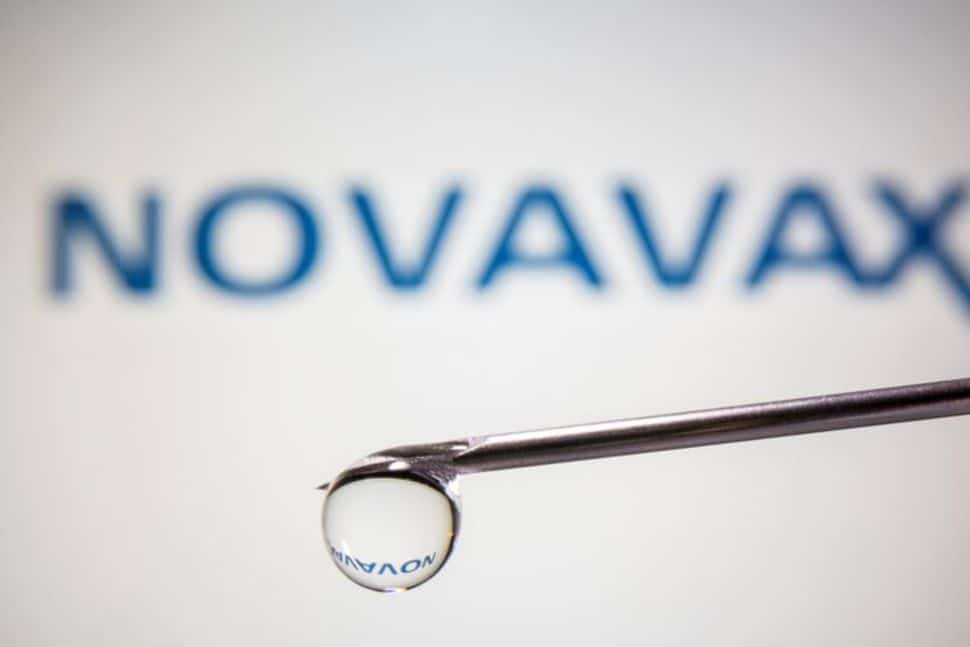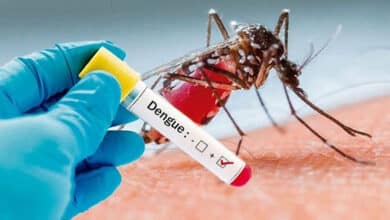WHO approves Novavax as 10th authorised COVID jab amid Omicron threat

GENEVA: The World Health Organization (WHO) on Tuesday has given emergency approval to a coronavirus vaccine made by US-based pharma, Novavax, after the European Union medicines regulator gave it the green light.
The vaccine, known as CovavaxTM, is the tenth to be granted an emergency use authorization from the U.N. health agency, marking a vote of confidence for Novavax that could also mean the shots will be accepted by some countries that only admit travelers vaccinated with WHO-backed jabs.
The European Medicines Agency had assessed and approved Nuvaxovid on Monday. It is made from a more conventional technology than others already approved, which has led officials in Brussels to express hope that this will help persuade those hesitant about vaccination to come forward.
The jab uses a traditional technology involving proteins found on coronavirus spike proteins that trigger an immune response. It is a tried and tested approach, used for decades to vaccinate people against diseases including hepatitis B and whooping cough.
Among those already approved is the Covovax shot, a version of Novava’s vaccine made by the Serum Institute of India under licence from the US-based company. It was authorised on December 17.
90% effective
Nuvaxovid was around 90% effective at reducing symptomatic cases of COVID-19 in two major clinical studies, one in Britain and the other in the United States and Mexico, involving more than 45,000 people.
In a separate document, WHO’s Strategic Advisory Group of Experts on Immunisation recommended the new vaccine for use in people over the age of 18, with an interval of three to four weeks between the two doses. “The vaccine should not be administered with an interval of less than three weeks,” it warned.
It can be kept at refrigerated temperatures between two and eight degrees Celsius, giving it a logistical advantage in difficult-to-access regions over the mRNA vaccines, which must be stored at ultra-low temperatures.





